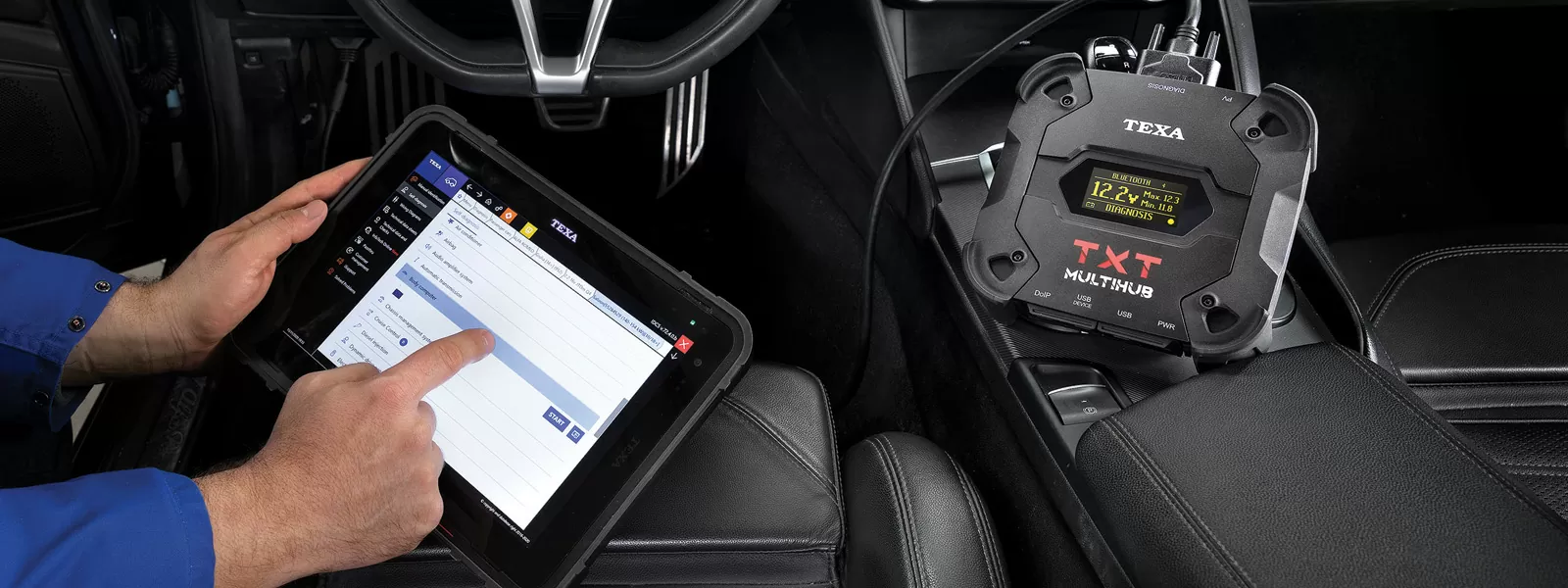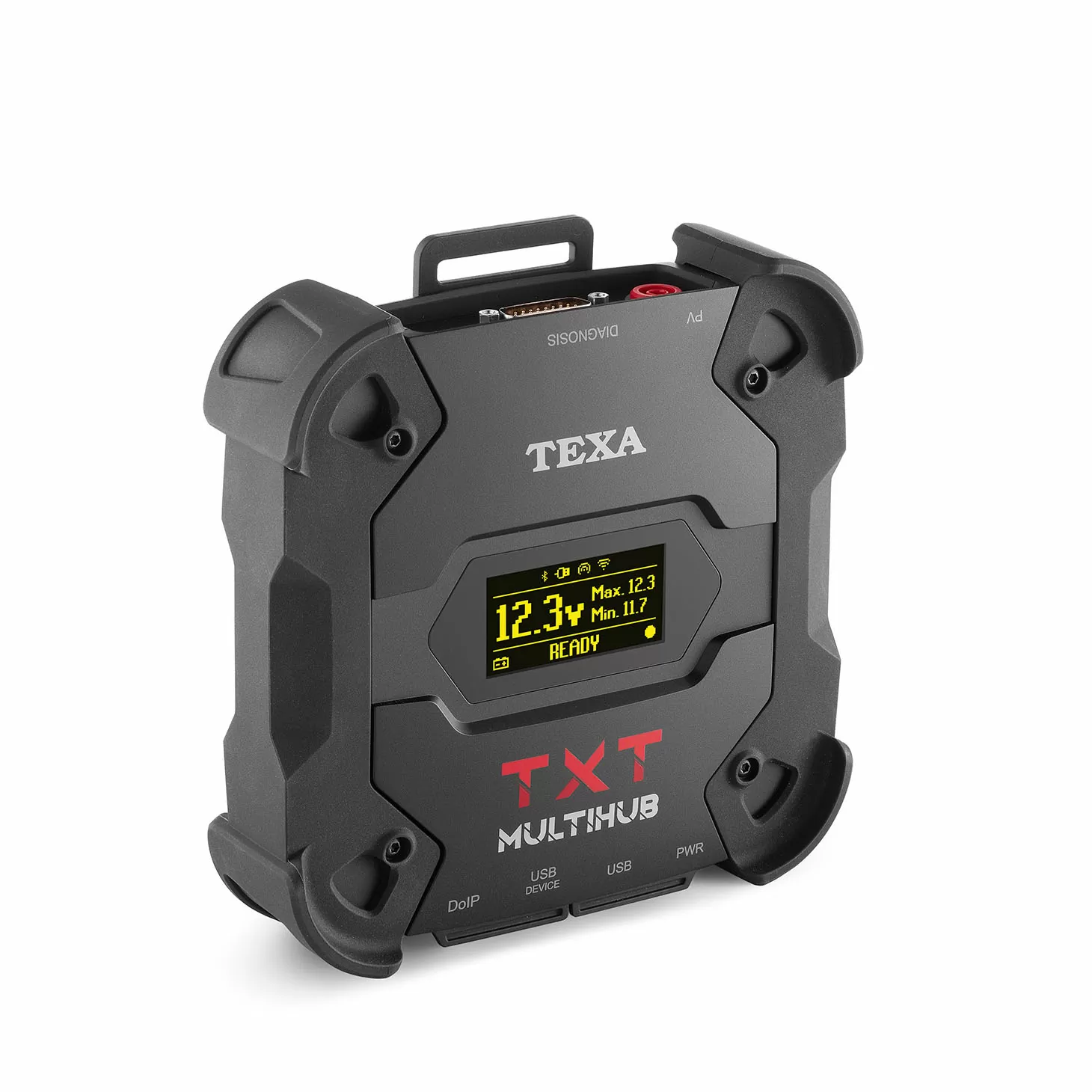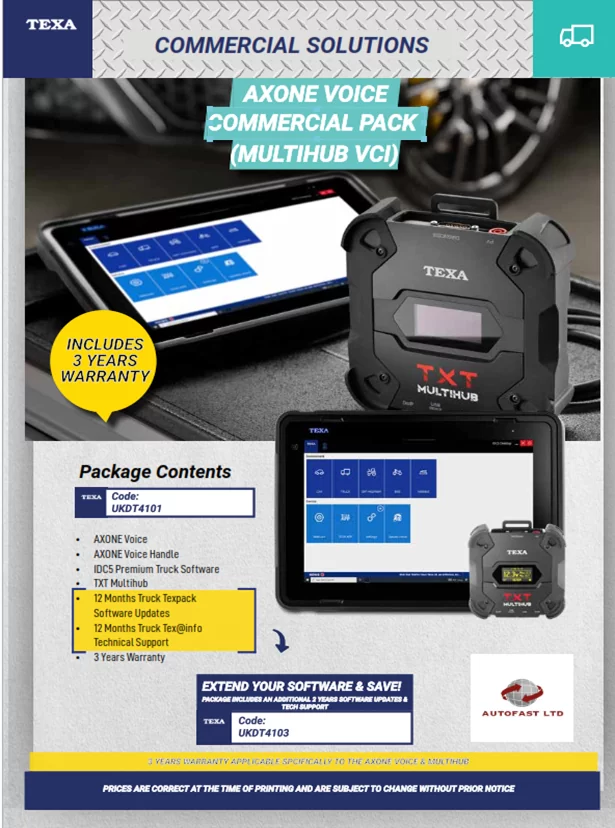Understanding Common Truck Diagnostic Codes

Diagnostic trouble codes (DTCs)
Understanding diagnostic trouble codes (DTCs) is essential for maintaining and repairing modern trucks. These codes, generated by a vehicle’s onboard diagnostics system (OBD), provide insights into various issues affecting the vehicle’s performance. This article delves into common truck diagnostic codes, their meanings, and the importance of timely diagnosis

What Are Diagnostic Trouble Codes?
Diagnostic Trouble Codes are alphanumeric codes that indicate specific problems within a vehicle’s systems. When the OBD system detects a malfunction, it records a DTC and often triggers a warning light on the dashboard. These codes help technicians and vehicle owners identify and address issues promptly.
Structure of DTCs
A standard DTC consists of five characters:
First Character (Letter): Indicates the system involved:
P: Powertrain (engine and transmission)
C: Chassis (steering, suspension, brakes)
B: Body (climate control, airbags)
U: Network (communication systems)
Second Character (Number): Specifies the code type:
0: Generic code (applicable to all manufacturers)
1: Manufacturer-specific code
Third Character (Number): Identifies the subsystem:
0: Fuel and air metering and auxiliary emission controls
1: Fuel and air metering
2: Fuel and air metering (injector circuit)
3: Ignition systems or misfires
4: Auxiliary emission controls
5: Vehicle speed control and idle control systems
6: Computer and output circuit
7, 8: Transmission
Fourth and Fifth Characters (Numbers): Provide a specific description of the fault detected.
For example, the code P0301 translates to:
P: Powertrain issue
0: Generic code
3: Ignition system or misfire
01: Misfire detected in cylinder 1

Common Truck Diagnostic Codes and Their Meanings
Understanding specific DTCs can aid in diagnosing and resolving issues efficiently. Here are some prevalent codes encountered in trucks:
P0101
Mass Air Flow (MAF) Circuit Range/Performance Problem. This code indicates that the MAF sensor is not performing within its expected range, potentially due to a dirty or faulty sensor, leading to issues like rough idling or poor acceleration.
P0420
Catalyst System Efficiency Below Threshold. This suggests that the catalytic converter is not operating efficiently, possibly due to a malfunctioning oxygen sensor or a failing converter, resulting in increased emissions.
P0700
Transmission Control System Malfunction. This code signifies a general issue within the transmission control system, which could manifest as erratic shifting or transmission slipping.
P0720
Output Speed Sensor Circuit Malfunction. This indicates a problem with the vehicle’s speed sensor, potentially causing erratic speedometer readings or transmission shifting issues.
P0300
Random/Multiple Cylinder Misfire Detected. This code points to misfires occurring in multiple cylinders, which can lead to symptoms like engine hesitation or increased fuel consumption.
P0401
Exhaust Gas Recirculation (EGR) Flow Insufficient Detected. This suggests that the EGR system is not functioning properly, potentially causing increased nitrogen oxide emissions and engine knocking.
P0500
Vehicle Speed Sensor Malfunction. This code indicates a failure in the vehicle speed sensor, which can affect speedometer accuracy and transmission shifting.
P0620
Generator Control Circuit Malfunction. This signifies an issue with the generator or alternator control circuit, potentially leading to battery charging problems.
P1120
Throttle Position Sensor Out of Range. This code indicates that the throttle position sensor is not providing accurate readings, which can affect acceleration and engine performance.
P1135
Heated Oxygen Sensor Heater Circuit Malfunction. This suggests a problem with the heater circuit of the oxygen sensor, potentially affecting fuel efficiency and emissions.
For a comprehensive list of DTCs, resources like the Autodata DTC Codes provide extensive databases.

Importance of Timely Diagnosis
Ignoring DTCs can lead to severe consequences, including reduced fuel efficiency, increased emissions, and potential engine damage. Addressing these codes promptly ensures the longevity and reliability of your truck. Regular diagnostics can prevent minor issues from escalating into costly repairs.
Expert Advice from Our Team
Our team of experienced technicians emphasizes the importance of understanding and responding to diagnostic codes:
“Regularly scanning your truck for DTCs and addressing them promptly can save you time and money. Investing in a quality OBD scanner and familiarizing yourself with common codes empowers you to maintain your vehicle effectively.”




